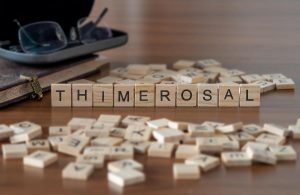 Many of my private clients come to me because they know I became involved in Pilates due to severe back and neck issues. I work with those with neck issues on how to hold their heads up properly to strengthen the correct muscles of the neck and to prevent further injury and pain. Many people either over tuck their chin to their chest which creates severe flexion of the neck or they lift the chin toward the ceiling and press it forward (like a turtle poking it’s head out of its shell), thus causing severe extension of the back of the neck. My mother-in-law has neck issues and recently started taking Pilates with a friend. She asked me how to avoid pain when lifting the head and neck off the ground. Here is the modification I gave to her:
Many of my private clients come to me because they know I became involved in Pilates due to severe back and neck issues. I work with those with neck issues on how to hold their heads up properly to strengthen the correct muscles of the neck and to prevent further injury and pain. Many people either over tuck their chin to their chest which creates severe flexion of the neck or they lift the chin toward the ceiling and press it forward (like a turtle poking it’s head out of its shell), thus causing severe extension of the back of the neck. My mother-in-law has neck issues and recently started taking Pilates with a friend. She asked me how to avoid pain when lifting the head and neck off the ground. Here is the modification I gave to her:
When you raise your head, interlace your fingers behind the base of your skull and slightly press your head into your hands. This way you are simulating the supportive-ness of having the head on the floor. I cue my clients to ‘create a basket for your head’. Be sure to keep your elbows wide and shoulders down. Never look up at the ceiling because your head will go where your eyes go and your neck will arch back. Gravity will start pulling on the skull and create tension in the back (posterior) of the neck. I like to tell my clients to keep their gaze at the mid thigh or top of the knees, even as they lower the head back down to the ground. Imagine that you have a ripe tomato (not a cherry or a grape tomato but a regular round garden tomato) between your chin and the top/center of the clavicle (the little indentation right in the center underneath the throat). You don’t want to squish the tomato (this means bringing in your chin too close to the clavicle) and you don’t want it to roll away (this means tilting the chin up or jutting it forward). Ounce you get trained in this position with your hands behind your head, you will eventually be able to release them.
Some people will just put one hand behind the head. I’m not a fan of this because it pulls the body out of balance and doesn’t really offer much support for the neck anyway.
If you suffer from neck issues, try this modification the next time you perform an exercise that has a chest lift and see if it is right for you.
-Jessica Kuiken

















